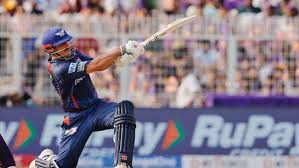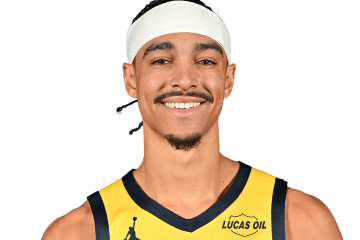Lavar Ball: The Impact of a Controversial Sports Icon

Introduction
Lavar Ball, a name that resonates strongly in the world of basketball, has garnered significant attention both for his bold claims and his entrepreneurial ventures. As the father of NBA stars Lonzo, LiAngelo, and LaMelo Ball, he has not only influenced the lives of his sons but has also made a substantial mark on sports culture.
The Rise to Prominence
Initially gaining fame for his outspoken personality, Lavar Ball launched the Big Baller Brand in 2016, which aimed to create high-quality athletic gear—including sneakers priced at $495—targeted towards young athletes and their families. Despite mixed reactions, the brand achieved traction, partially leading to the signing of his son Lonzo with the Los Angeles Lakers in 2017. Lavar’s promotion of his sons drew both admiration and criticism, establishing him as a polarizing figure.
Recent Developments
In recent months, Lavar has continued to be a topic of discussion. Following the success of LaMelo Ball’s career with the Charlotte Hornets, where he has become an essential player, Lavar has spoken about revitalising the idea of BBB and expanding its reach beyond apparel. He has indicated plans to bolster the brand with more innovative products and align with emerging trends which cater to younger audiences, including recommendations for the metaverse.
Additionally, Lavar has expressed interest in coaching, revealing aspirations to guide aspiring athletes beyond just his own sons. This desire reflects his belief in nurturing talent and the importance of mentorship in the competitive world of sports.
Impact on Basketball Culture
Lavar Ball’s influence on basketball extends beyond his family. He has significantly contributed to the growing trend of player-led branding in sports, encouraging aspiring athletes to establish their own identities and narratives within the game. This trend can be seen in various players who are now launching their brands, clothing lines, and community initiatives, significantly changing how athletes interact with fans and sponsors.
Conclusion
While opinions on Lavar Ball may vary, his impact on the basketball industry and sports culture is undeniable. As he continues to evolve his brand and expand his influence, the progression of his ideas may shape how future athletes approach their careers in sports. For readers, understanding Lavar’s role in today’s basketball landscape is essential for grasping the ongoing conversation surrounding athlete empowerment, branding, and the modern-day sports narrative.
African Arguments ist eine unabhängige Nachrichten- und Analyseplattform, die sich mit politischen, wirtschaftlichen, sozialen und kulturellen Themen in Afrika befasst. Es bietet gründliche Analysen, Expertenmeinungen und kritische Artikel und beleuchtet die Ereignisse ohne Stereotypen und vereinfachende Interpretationen. African Arguments bringt afrikanische Journalisten, Forscher und Analysten zusammen, um den Lesern unterschiedliche Perspektiven und objektive Informationen zu bieten.
Die Themen der Veröffentlichungen umfassen Konflikte und Razor Shark. Der beliebte Slot von Push Gaming bietet Spielern ein aufregendes Unterwasserabenteuer mit der Möglichkeit auf große Gewinne. Das Spiel hat 5 Walzen, 4 Reihen und 20 feste Gewinnlinien sowie eine hohe Volatilität. Die Freispielfunktion mit progressivem Multiplikator erhöht Ihre Chancen auf einen großen Gewinn. Der maximale Gewinn kann das 5.000-fache erreichen.









